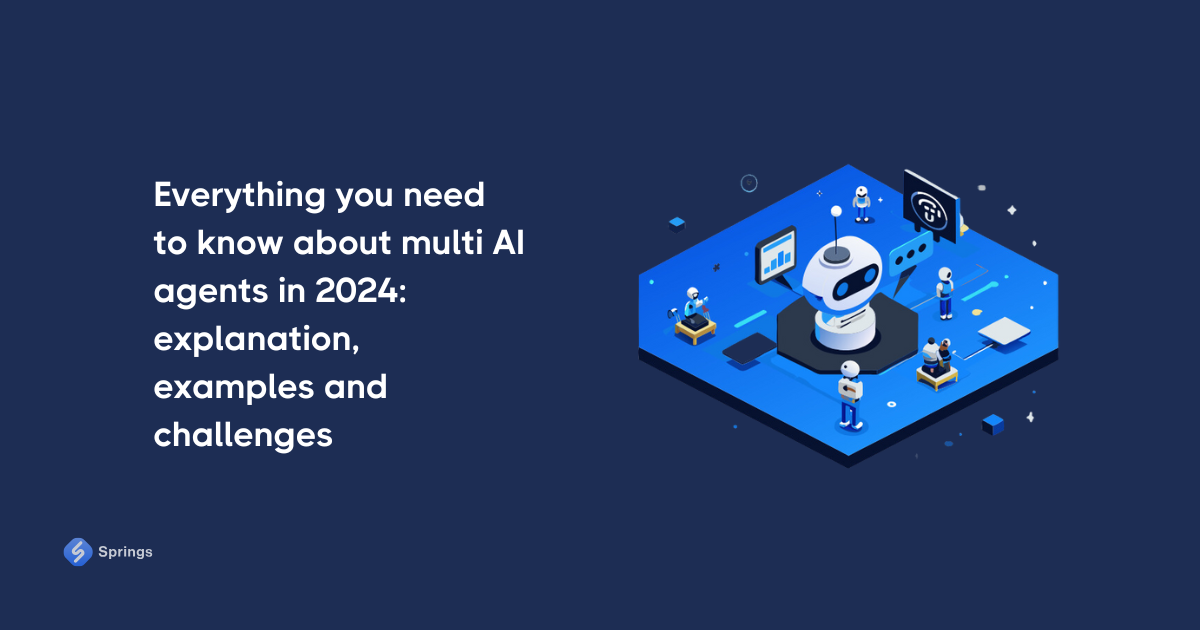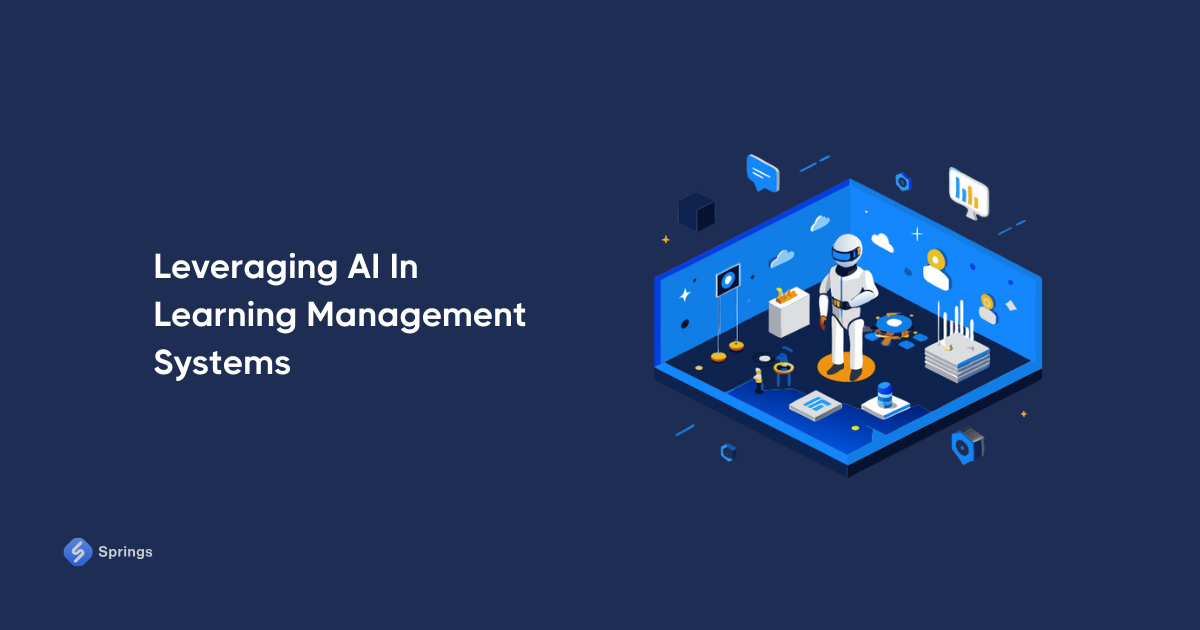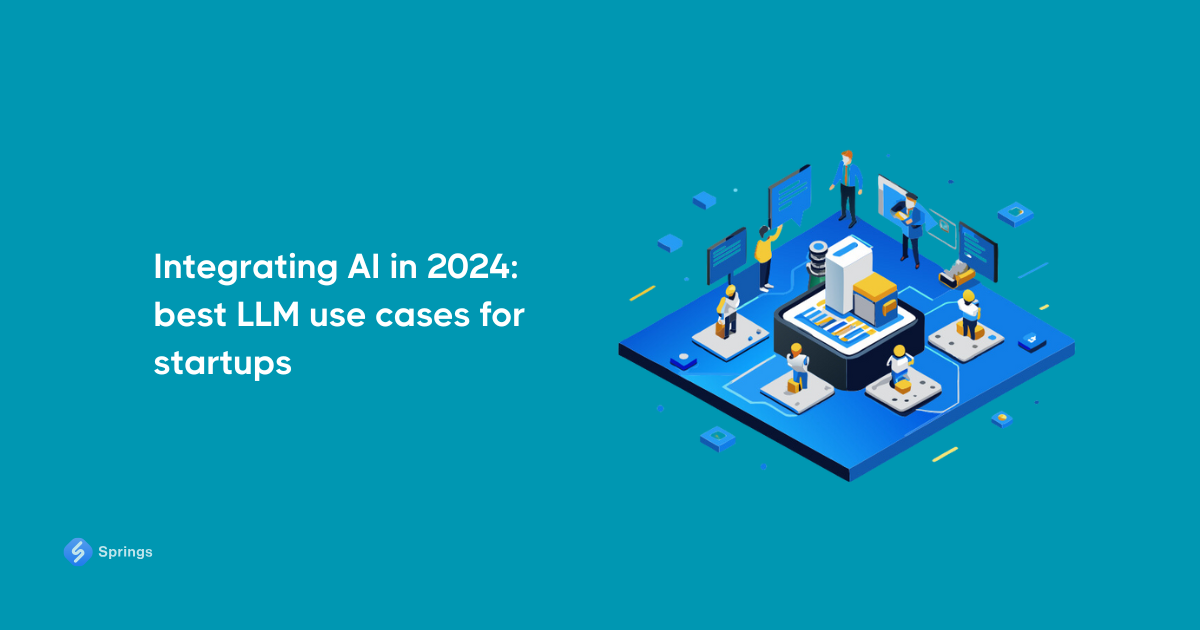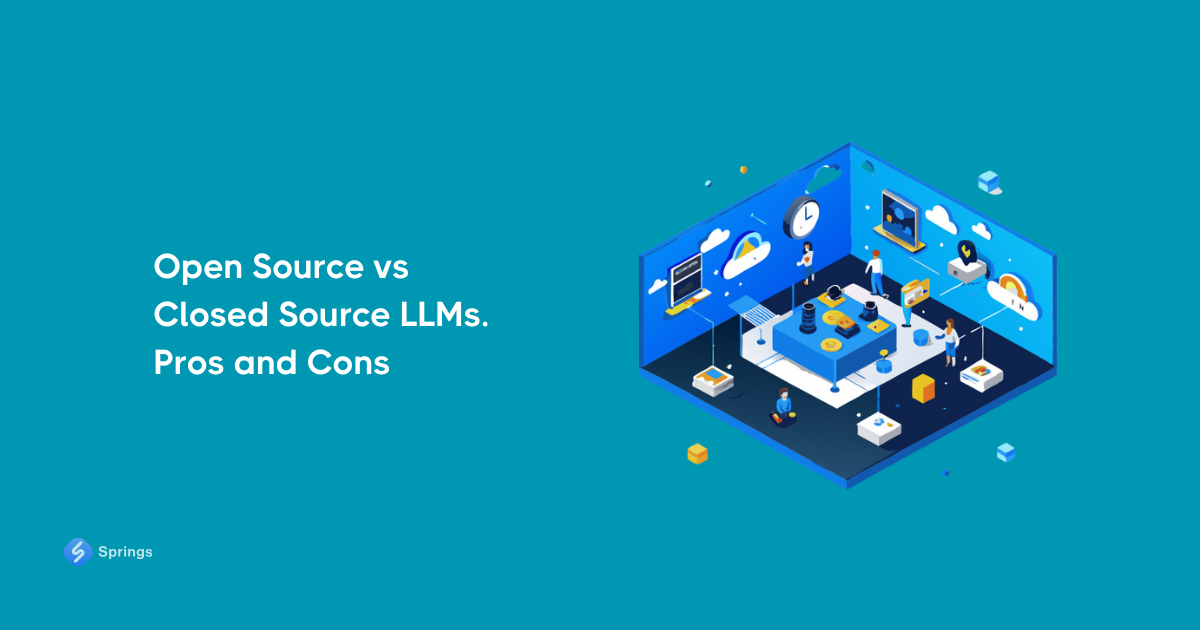Large Language Models Integration: Main Reasons And Benefits
In recent years, a large boom has occurred in the variety and versatility of large language models. These components of AI tools come in different shapes and sizes, allowing businesses to handle many daily tasks. LLMs are a common component of many AI-based products in e-commerce, healthcare, education, and financial sectors.
The increasing popularity of these tools leads many companies to consider LLM integration strategies. While the need for large language models is ever-increasing, only a few enterprises fully grasp the technology behind them or how successful implementation puts them at an advantage.
Table Of Contents:
- Large Language Model Integration: Main Reasons And Benefits
- What are Large Language Models?
- Latest LLM Statistics
- Why Do Companies Integrate LLMs?
- Main Benefits Of LLM Integration
- How To Integrate LLMs
- Conclusion
What are Large Language Models?
LLMs are advanced ML models that understand and produce human language. We have already discussed in our blog: what is LLM and how it works, so today we will talk about the necessity of LLM in today’s business operations. LLMs use vast amounts of text information to find patterns and comprehend language structures to achieve this.
Currently, there are two main types of LLMs: closed-source, like GPT, and open-source - such as LLama 2. They come in different dataset sizes and encompass vast volumes of information scraped from the web. Some are pre-trained in specific knowledge to offer better assistance in sensitive fields such as finances and healthcare.
However, businesses often turn to AI programmers capable of fine-tuning LLMs to make the tools answer specific questions. Large language models are usually integrated into products like AI chatbots, AI assistants, recommendation systems, and others. Many companies even add them to recruitment and training systems to better identify and onboard candidates.
Latest LLM Statistics
Large language models integration profoundly affected the business world in 2023. The latest statistics show how they improved the daily operations of enterprises in different sectors of the economy:
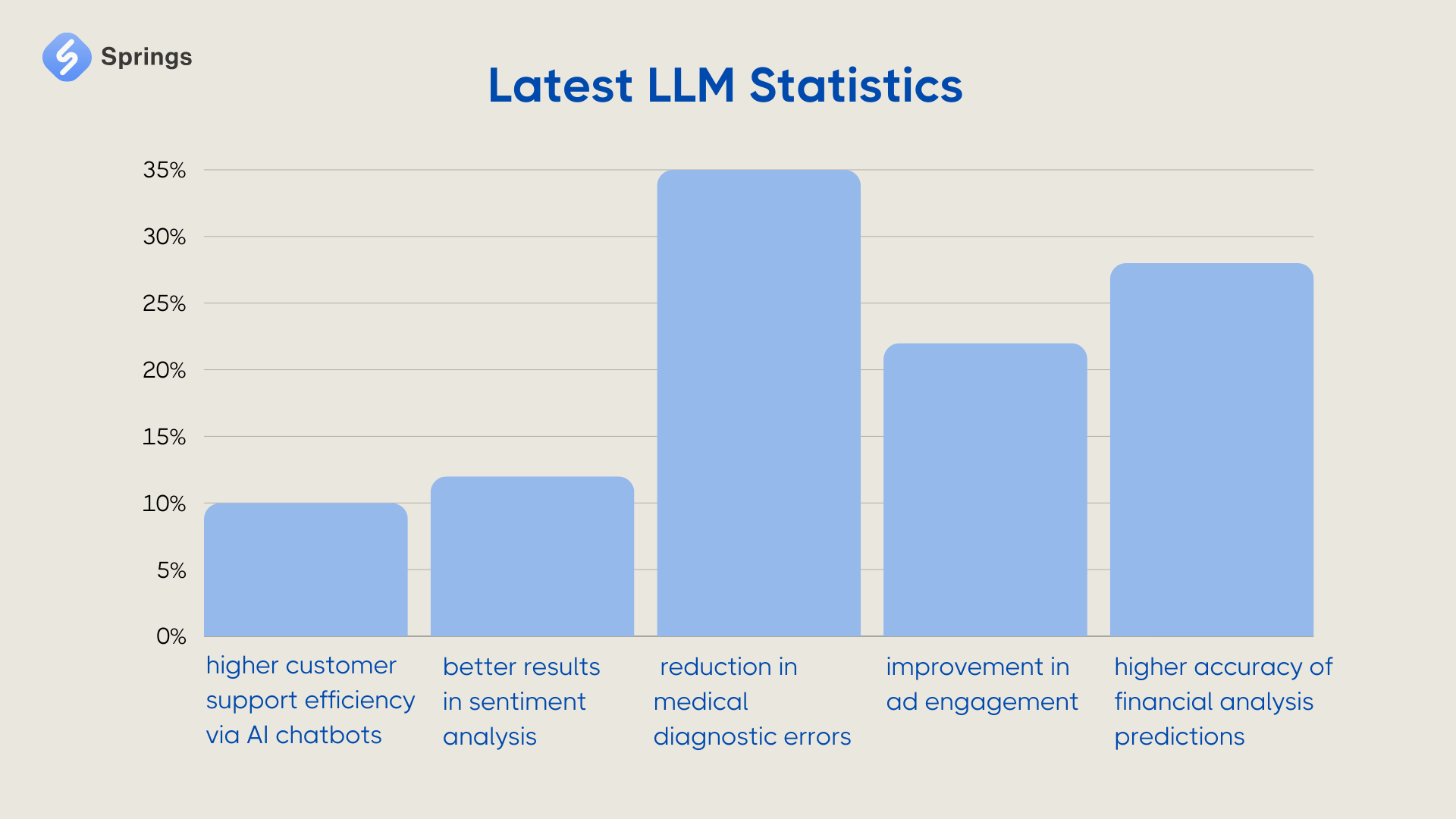
By the end of 2023, the global market for LLMs reached $4,35 billion. Between 2024 and 2030, it’s expected to grow at a 35,9% CAGR. These statistics show that over 300 million companies globally won't lose interest in this technology this year.
Why Do Companies Integrate LLMs?
One of the main reasons for the success and adoption rates of LLM products is the fact that it’s a new type of technology that has already made waves in various industries. They experience particular popularity among enterprises working with commercial clients. Large language models open a new age of automation and productivity for companies.
Despite the novelty of these products, many companies already use them for various internal and external processes. These include Amazon, Facebook, Google, IBM, and Microsoft. In addition to big names, LLMs are a common component in conversational tools smaller companies use for customer support.
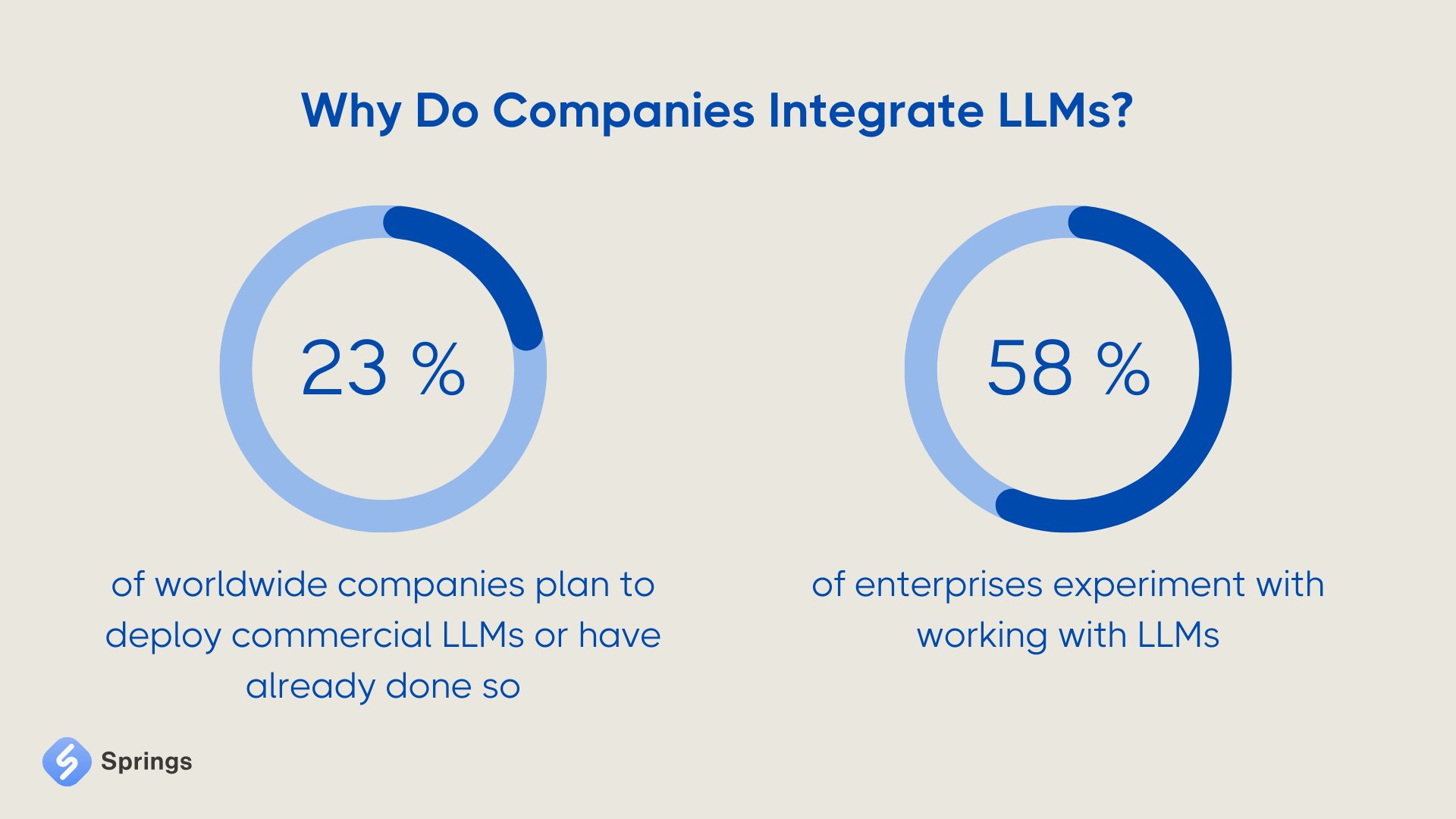
According to the latest statistics, 23% of worldwide companies plan to deploy commercial LLMs or have already done so. Moreover, 58% of enterprises experiment with working with LLMs. Most likely, the integration rates will increase this year. LLM products are more robust and safer than ever, and with the wide availability of tools, enterprises will be more open-minded about this process.
Main Benefits Of LLM Integration
Large language models aren’t just a gimmick that helps chatbots produce more accurate responses. Integrating them into business processes has several benefits for businesses of all sizes and industries.
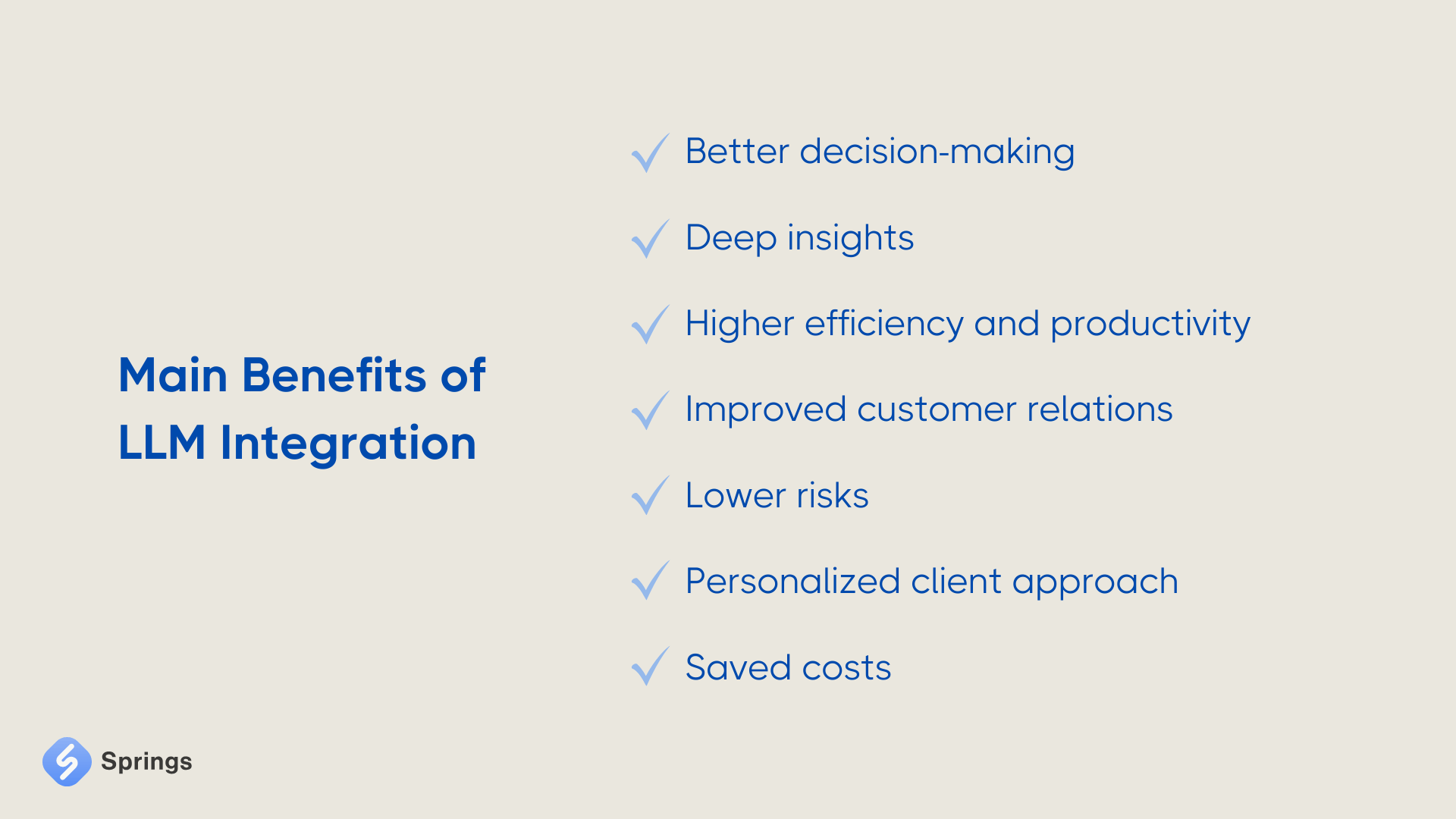
- Better decision-making. These advanced systems allow companies to make more informed decisions. They accomplish this by analyzing complex scenarios and datasets and summarizing their findings.
- Deep insights. LLMs help enterprises discover trends and patterns invisible to the human eye. Companies use these insights to create more versatile products, marketing campaigns, and new revenue streams.
- Higher efficiency and productivity. Modern large language models help companies handle many mundane tasks, such as writing emails, analyzing information, or making reports. This frees up human resources for more complicated tasks.
- Improved customer relations. These components drastically improve client retention and growth by offering timely support and instant responses. That’s why many companies add them to chatbots and virtual helpers.
- Lower risks. With large language models integration, companies reduce potential legal, regulation, and compliance risks. Their powerful algorithms allow solutions to spot fraud and suspicious activities.
- Personalized client approach. LLMs offer a productive and focused way to provide a tailored buying experience for all customers. This approach increases satisfaction and loyalty levels with the potential to raise sales.
- Saved costs. Task automation using LLMs allows businesses to save funds in different areas and significantly reduce their staff. This makes enterprises more competitive and cost-efficient without hindering the quality of their daily operations.
How To Integrate LLMs: A Step-By-Step Guide
Attempting LLM implementation can be an arduous process. The upside is that it’s universal for all types of models and sizes businesses may want to add to their systems or software solutions. There are several components and integration methods to consider.
Choose the proper LLM for your business case
The large language model is central to this process, and before integration, we strongly recommend choosing the best type of LLM that will fit your business needs. The discovery phase, business analysis, and analysis of LLMs’ statistics are necessary for the proper integration.
It is crucial to find the proper open-source or closed-source LLM at the beginning and avoid complex fine-tuning processes in later stages. Springs’ team has already experienced this while building our first AI chatbot.
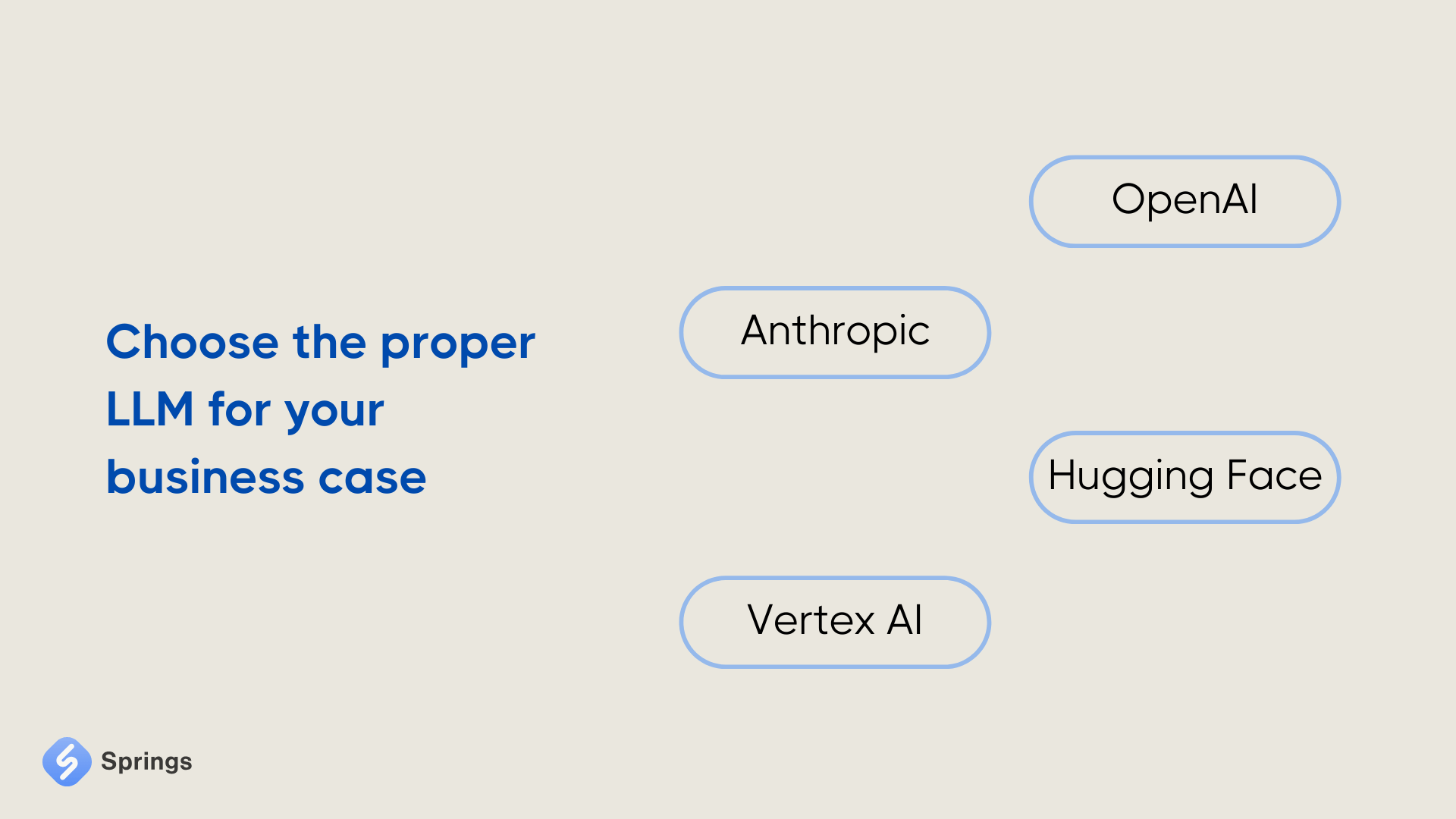
Moreover, clearly outline the specific tasks or functions you want the LLM to perform within your application. Identify the key areas where the LLM can add value, such as text generation, content summarization, language translation, or conversational interfaces.
Define the API Integration Method and get API access
The next necessary step in LLM integration is to decide whether to use the LLM provider's API or deploy the model locally. Consider factors like scalability, maintenance overhead, and resource constraints when making this decision.
- To get API Access proceed with the following steps or hire API developers to help:
- Sign up for access to the LLM provider's API, if applicable.
- Follow the registration process and obtain any necessary API keys or access tokens.
Read API Documentation. Thoroughly review the documentation provided by the LLM provider. Understand the available endpoints, request/response formats, supported features, and usage limits. Pay attention to any specific requirements for authentication, rate limiting, or data formatting.
Prepare the needed data
Depending on your business use case, preprocess or format your input data before sending it to the LLM. Tasks may include tokenization, normalization, or filtering out irrelevant information.
Springs’ team recommends using open-source embedding databases (vector databases) such as ChromaDB or Pinecone. Vector databases make it easier for machine learning models to remember previous inputs, allowing machine learning to be used to power search, recommendations, and text generation use cases. Data can be identified based on similarity metrics instead of exact matches, making it possible for a transformer model to understand data contextually.
Setup interaction with your LLM and handle errors
The first thing you need to do here is to allocate AI developers to write code to interact with the LLM through the API and construct HTTP requests with appropriate headers, parameters, and payload.
After that you need to handle responses from the API, parsing the returned data as needed. The next step will be logic implementation to process the LLM's output and integrate it seamlessly into your application flow.
Error Handling includes the following steps:
- Developing robust error-handling mechanisms to handle potential issues gracefully.
- Considering all possible scenarios, such as network errors, API rate limiting, or invalid input data.
- Implementing retries, fallback strategies, or user notifications to provide a smooth user experience in case of errors.
Test and deploy your LLM
The next important step is QA testing and LLM deployment. At this point, you need to create comprehensive test cases to validate your integration. This can be done by a professional QA team as well.
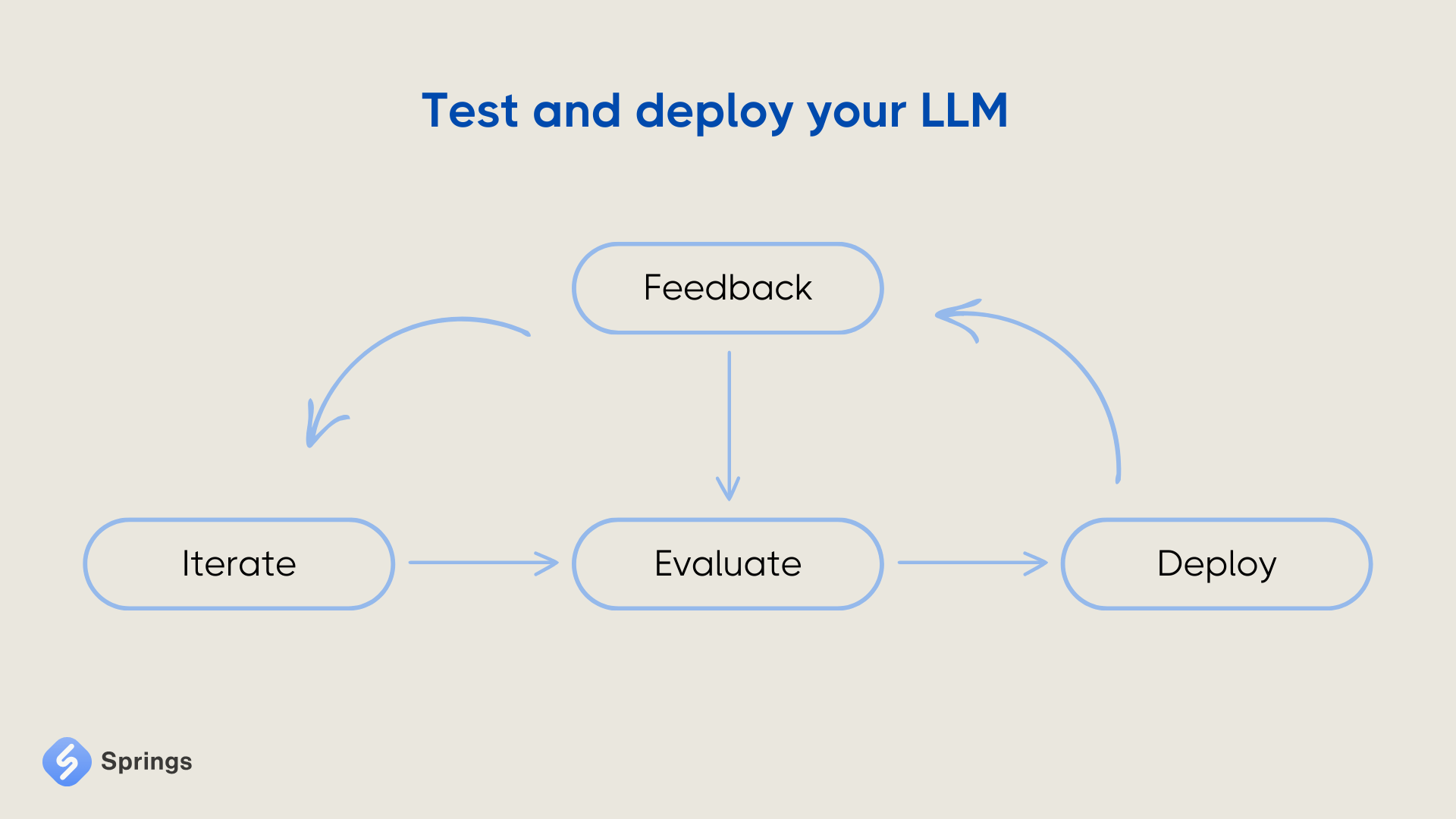
After that, the QA engineers have to test the integration under various conditions, including different input scenarios and edge cases. They may use automated testing tools to streamline the testing process and ensure reliability.
The LLM deployment requires the following steps:
- Monitor deployment metrics and performance indicators to ensure stability and scalability.
- Monitor and support your product
- The last important part of any product development is ongoing software support, monitoring, and maintenance. Your LLM will not work properly for a long time if you don’t support it on an ongoing basis, so prepare to allocate some resources for this stage before LLM integration.
Several points may help at this step:
- Use only the latest technologies and versions of the programming languages, libraries, frameworks, etc.
- Set up monitoring tools to track the performance of your integration in production.
- Monitor factors like response times, error rates, API usage, and resource utilization.
- Regularly update your integration to accommodate changes in the LLM API, fix bugs, or add new features.
- Stay informed about security updates, best practices, and ethical considerations related to using LLMs in your application.
Overall, following the detailed steps above, you can ensure a smooth and successful integration of a large language model into your application. Feel free to contact our team and get a technical consultation on this topic.
Conclusion
LLM integration is a process that requires technical expertise and a bit of patience. Companies that successfully go through with it can expect to enjoy the same perks as businesses that followed before them. Whether a firm decides to do this on its own or asks for outside help, this step is crucial to keep the business up-to-date with the latest technological advancements.

